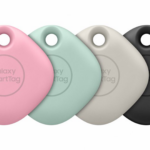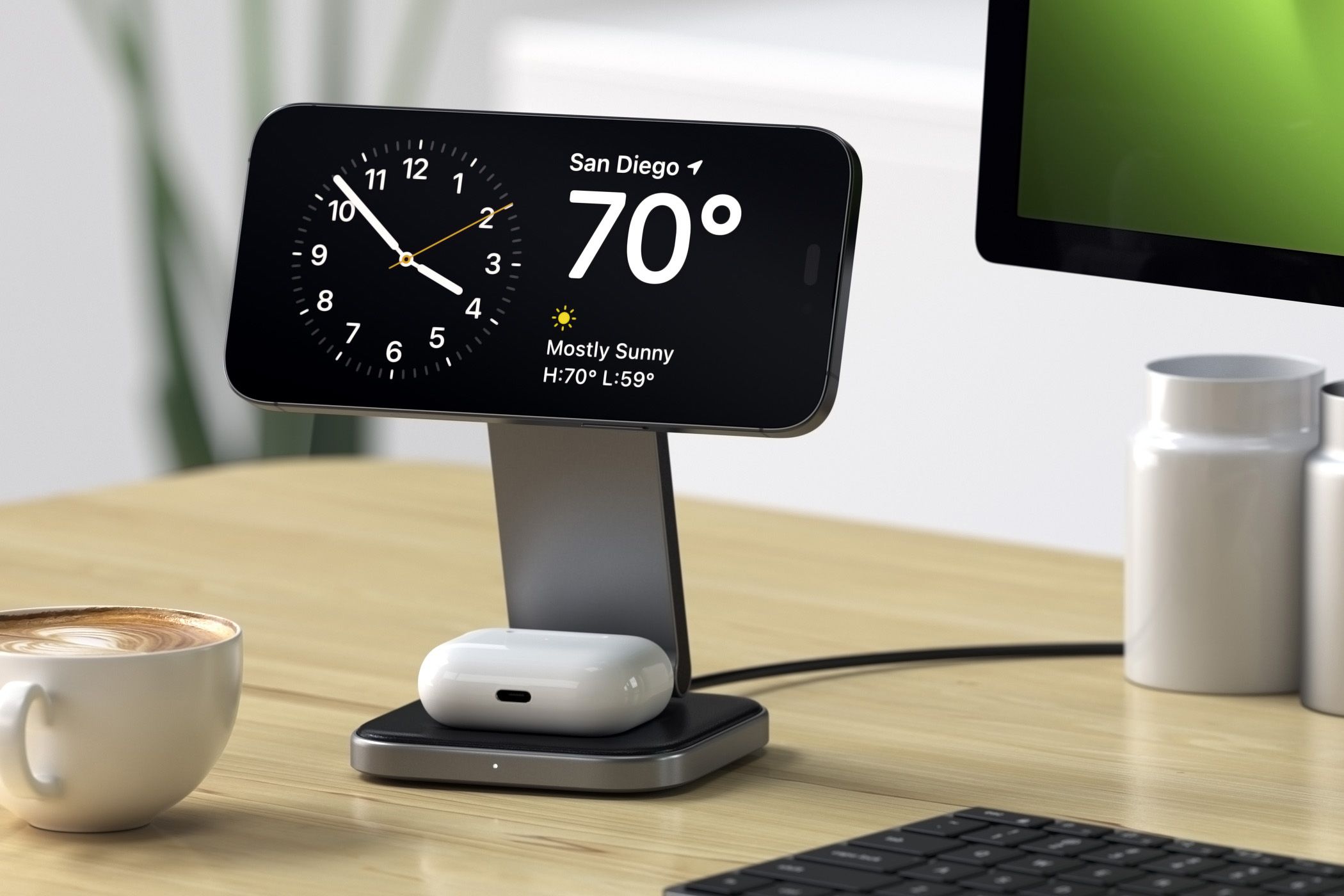Why I Never Change the Font in Microsoft Excel
Microsoft Excel
Innocent conversations about typefaces often spiral into heated discussions—fonts are powerful visual cues that vary in suitability in different contexts. For me, however, it’s simple: Microsoft’s default works well in all scenarios, and I feel no need to change it when working in Microsoft Excel.
Why Microsoft Chose Aptos
Calibri, Microsoft’s previous font of choice, was the default font for 15 years. Personally, I was quite happy with Calibri, and much like with Aptos today, I never bothered changing from the default when using Microsoft Excel.
Calibri has a medium-level width, isn’t too condensed, and offers sufficient variation between characters that are similar in other fonts, like the upper-case O and the number 0, and the upper-case i and the number 1—important distinctions to make when we’re thinking about their use in Excel.
However, citing Microsoft’s belief that “it’s time to evolve,” designers piloted five potential Calibri replacements, and Aptos—previously called Bierstadt—emerged as the winner.
Aptos was pitched and created by Steve Matteson, a world-leading type designer who also developed the original Windows TrueType core fonts and Segoe. According to a Microsoft Design blog post, when designing Aptos, Matteson wanted it “to be more universal and less mechanical and institutional,” and he believes he achieved this by not simply using “rulers and straight edges and French curves to make all the shapes mechanical.”
The font also “had to generate trust and be engaging to read.” When trying to interpret what is meant by a font being trustworthy, it’s probably better to think about less trustworthy fonts—like the infamously juvenile Comic Sans MS—and consider how Aptos achieves the opposite effect. Again, in Excel, a program that often hosts formal financial reports and accountancy data, trust is a fundamental characteristic, and Aptos is the font of choice to fulfill this.
Why Aptos Is Better Than Other Fonts
For me, the main reason I stick with Aptos in Excel is the ease of distinction it offers between characters that other fonts sometimes confuse. This is particularly important in strings of characters that combine letters and numbers, such as serial numbers or barcodes. For example, Aptos’ upper-case O is much wider than its number 0, whereas with some of the other popular fonts, there is a significantly less discernible difference.
The same can be said for Aptos’ capital i, lowercase L, and number 1. The little tail at the bottom of the lowercase L and the serif at the top of the number 1 make them distinguishable from each other and the typeface’s capital i, which is a plain, straight letter. Other fonts, however, muddle these identifying characteristics, so causing confusion.
Since 2007, Microsoft has opted for sans serif fonts (typefaces without short strokes attached to the ends of the number or letter stems) as their defaults. According to the British Dyslexia Association’s style guide, we should “use sans serif fonts, such as Arial […], as letters can appear less crowded.”
In fact, in Excel, the aim should always be legibility—I’m struggling to think of any scenario in which a spreadsheet’s style should be prioritized over readability. Since Aptos is a relatively plain font without any fancy flicks, I don’t see the need to waste time diverting from the default. After all, who would choose to fill their Excel spreadsheet with hard-to-read fonts like Blackadder ITC, Gigi, or Vladimir Script?
Stripping Aptos back to its raw quality, it uses simple letter and number forms with even strokes that are easy to read, sufficiently bold, and well-defined. It is easy to read when reduced to small sizes while also presenting nicely when blown up to a high resolution. Aptos’ adaptability to varying contexts—from complex and zoomed-out spreadsheets to workbooks projected on a screen—further explains my tendency to stick with the default. In short, it seems more 21st-century than the fonts that came before it.
You May Not Agree, But Consistency Is Key
Maybe you’re not a fan of Microsoft’s default font. Indeed, some people argue that Aptos is too narrow for people with vision difficulties to read easily, even though both its numbers and letters are wider than the characters of its predecessor, Calibri. And maybe you’re not a fan of change, but personally, I like the freshness that Aptos brings to my Excel spreadsheets.
Regardless of your choice of typeface, the main thing to remember is that you should never use more than one font in an Excel workbook. Doing so increases the chances of confusing your readers and lowers the professionalism of your work. Going one step further, if, like me, you’re a serial spreadsheet maker, try to stick to the same font across all of your workbooks, especially if you’re using Excel for published business reports.
So, using Microsoft’s default font in Excel helps you achieve this consistency and saves you from having to change the preset typeface. What’s more, since Aptos is the default font for blank Excel, Word, and PowerPoint files, sticking with Microsoft’s choice ensures consistency across all your work.
As well as considering which font to use in Excel, it’s worth thinking about how your Word documents and PowerPoint presentations can be affected by the typefaces you select. For example, in Word, fonts like Times New Roman can add a classic feel, and Fairwater Script can make your work more fancy. In PowerPoint, however, you need to think about fonts that are easy to read and work well when projected to large screens.





















